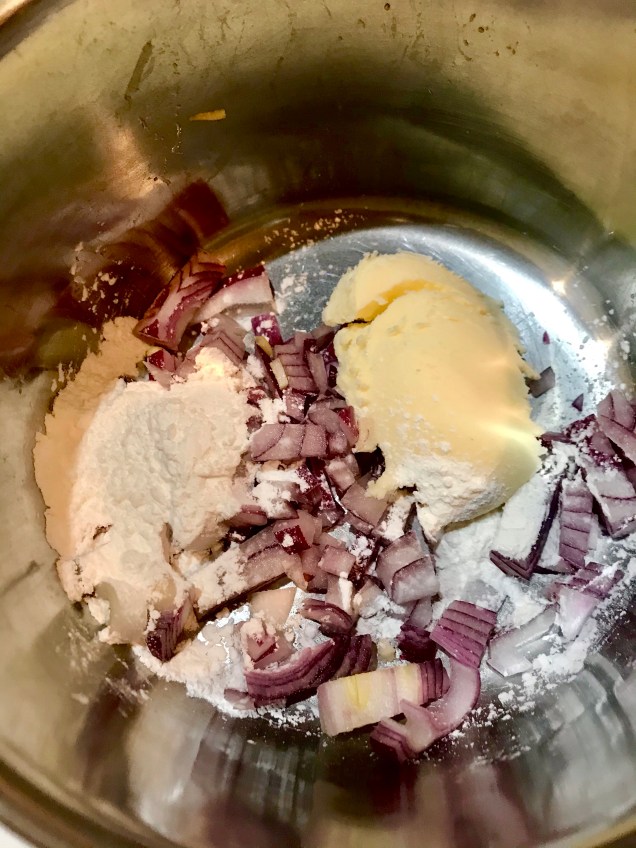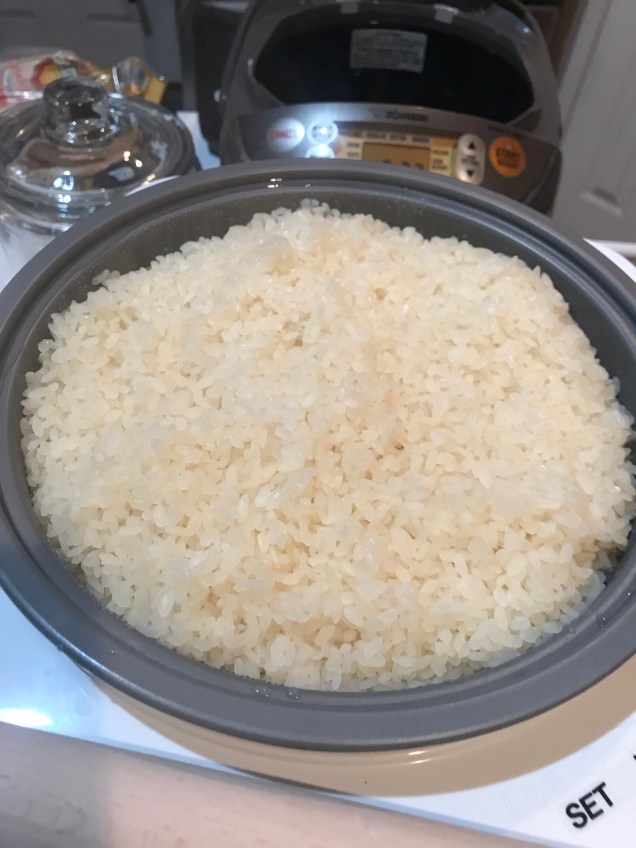
Posole is a classic Mexican dish that combines hominy (alkali-treated dried corn) and chicken or pork and cooks all day. In our short cut version, we will use an electric pressure cooker, an Instant Pot, to speed up the cooking time, so you can have this delicious, healthy soup anytime you feel like it!
Follow the recipe at least once, and try it as is. I promise you won’t be disappointed. I make this soup/stew dish often when the weather gets a bit chilly for me and my family.
It’s been hot one week and cold the next here in Southern California, so I make this on particularly chilly nights to enjoy after my son and husband comes home from soccer practice. I hope you enjoy this recipe as much we do!
Follow me on Facebook! https://www.facebook.com/At-Home-With-Theresa-100255438410727/

Ingredients:
2 pounds boneless, skinless chicken breasts
salt and pepper
2 tablespoons extra virgin olive oil
1 medium yellow onion, diced
4 garlic cloves, minced
1 small jalapeño chile, seeds removed and finely chopped
1 teaspoon dried oregano, crumbled
1 teaspoon ground cumin
1 can (25 oz./780 g) hominy, drained and rinsed
4 cups chicken broth
6 tomatillos, husks removed, rinsed and coarsely chopped
Juice of 1 big lime
Toppings: Crumbled queso fresco, chopped fresh cilantro, avocado slices, and lime wedges
Procedure:
1. Season the chicken breasts generously on both sides with salt and pepper.

2. Set your Instant Pot to “sauté,” and drizzle in the olive oil. Sear the chicken on both sides until golden brown, about 4 – 5 minutes per side. Transfer the chicken to a dish.

3. Add the onion to the Instant Pot and cook, stirring occasionally, until tender and translucent. Add the garlic, chile, oregano, cumin, a pinch of salt and pepper and cook for a couple of minutes.

4. Add the hominy, chicken broth and tomatillos to the pot and stir to combine. Return the chicken to the pot.

5. Cover the pot with the lid, and turn the valve to “sealing.” Set it to cook at high pressure for 20 minutes.
6. When the pressure cooking is complete, turn the valve to “venting” to manually release the steam. When the steam stops, carefully remove the lid and transfer the chicken to a large bowl.

7. Shred the chicken into bite-size pieces. Return the chicken to the pot, add the lime juice and stir to mix. Adjust seasonings as needed.

8. Ladle the soup into individual bowls. Top with queso fresco, cilantro, avocado and lime wedges, and serve immediately. Serves 6 to 8.












































































